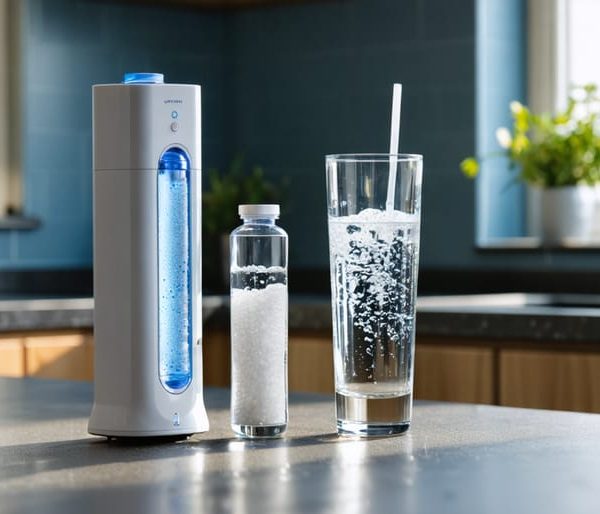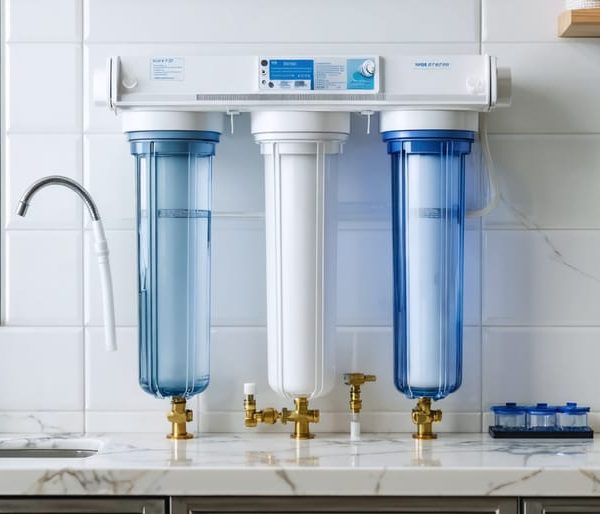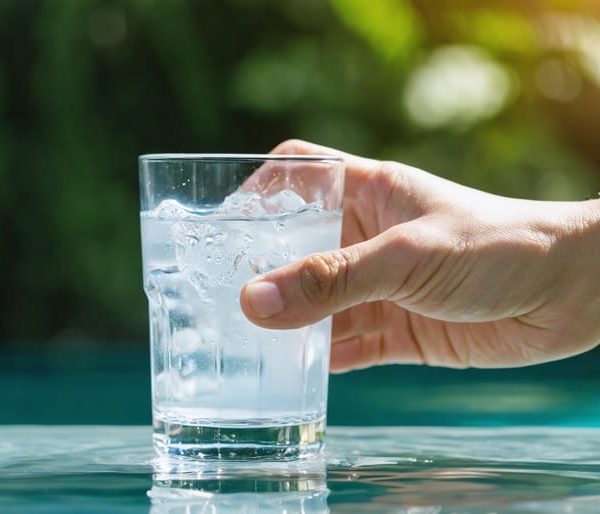Installing a whole house water filter before or after setting up a water softener is a vital decision. It can affect your house’s clean drinking water supply. Water content, type of water, water pressure, and the water flow rate are things to consider before deciding on this.
Installing a Whole House Water Filter Before or After Softener

There are three rules of installation every homeowner should know:
First Rule of Installation: Water Content and Type of Water
If your water supply is free from contaminants such as chlorine, sediment, and iron, you can install a water softener first. On the other hand, if your water contains significant amounts of iron or chlorine and visible sediment, you can install a water filter first.
Well water and municipal water have varying filtration requirements. These requirements will influence your decision to install filter systems before or after water softeners.
As mentioned earlier, municipal water is disinfected or treated with chlorine. However, chlorinated water is dangerous to water softeners because it can impair the softening resin. That’s why removing chlorine before it goes through your water softener will extend the lifespan of its resin bed. In this case, we advise you to install a carbon filter before your water softener to tackle chlorine.
Well water is not treated with chlorine. However, they are more susceptible to containing contaminants such as iron and sediment. These two contaminants can impair water softening systems. In this case, you will need to install an iron filter or sediment filter before your water softener. However, most water softeners come with sediment filters, and replacing them won’t cost you much.
As for iron removal, water softeners can’t remove iron, so we recommend getting an iron filter and installing it before your water softener.
Typical iron filters can remove virtually all the iron in your water, making it a suitable filtration option for well water with iron levels exceeding three ppm.
Second Rule of Installation: Water Pressure
Water pressure is another determinant of whether you should install a filter before or after a softener. A filter may reduce water pressure, and when you install a softener after a filter, the water pressure may be insufficient for proper regeneration. A softener can also affect the water pressure if its flow rate is below average in an alternate situation. This brings us to the final installation rule.
Third Rule of Installation: Flow Rate
If the flow rate of the softener is below that of the filter, you should install the water filter first. The softener can only be installed first if the flow rate needed for regeneration is beyond what the filter system can produce.
In summary, if you want to filter your water and treat water hardness, the best thing is to get a whole house water filter and softener combo or a filtration system that is compatible with your softening system or the other way round. These combos will help you adhere to the installation rules and give you the needed results.
How Do Water Filters Differ From Water Softeners?
Water filters eliminate various contaminants, whether radiological, chemical, physical, or biological compounds. Water softeners are specifically responsible for removing or treating water hardness.
Both water filtration systems enhance your water quality with different objectives. While a water filter protects the homeowner and family, the water softener protects your house and wallet. A water softener reduces or stops the build-up of scales and soap scum in your home; it protects your home from being damaged. When your home is in optimal condition, you’ll spend less on repairing faulty plumbing systems or replacing appliances such as showerheads, laundry machines, water heaters, etc.
We’ve already established the concept, functions, and benefits of both water filtration systems. However, another crucial thing to consider before deciding whether to install a water filter before or after a water softener is whether you will need both a house filtration system and a water softening system.
Whole House Water Filter
A whole house water filter is a point-of-entry filter for water coming into the home. It differs from tap water filtration systems such as under-sink or countertop filters.
While these house water filters filter water coming out through a faucet, a whole house water filter filters water for the entire home.
With a whole house water filter, you can use clean water for every cloth you wash, every cup of water you drink, and every meal you cook.
There are water filters with a single filtration phase, such as carbon filter and sediment pre-filter. However, there are also water filters with multiple filtration phases. The latter can have 3-4 or 5 filtration phases, with each filtration phase eliminating a specific range of contaminants. Aquaox water filters even run your water through 7 stages of filtration.
For instance, a 3-stage whole water filter system can have a pre-filter to get rid of rust, silt, and dirt, an activated carbon filter media to get rid of micro-organisms such as viruses, bacteria, and chemical compounds such as chlorine, chlorine disinfection byproducts, lead, iron, etc. A post-filter eliminates any remaining contaminants that skipped the first two filtration stages.
Water filters are especially relevant for homes that are supplied with city water or municipal water. Based on the purification process carried out by municipal water facilities, the homes within that municipality receives chlorinated water. Whole house water filtration will tackle the excess chlorine from your local water supply.
In summary, a high-quality whole house water filter is quite effective, and it protects the family from waterborne diseases, but it’s not a water softener.
Water Softener
Since it carries out a unique kind of filtration, a salt-based water softener is regarded as a type of whole house filter. However, it doesn’t eliminate the harmful contaminants that are eliminated by a conventional water filter.
A water softener treats water hardness through the ion exchange process and produces soft water for the home.
Water hardness is caused by large amounts of calcium and magnesium ions in water. These minerals originate from mineral deposits under the earth. They are not dangerous to human health. In fact, calcium and magnesium are essential minerals for the body.
However, they are dangerous to your water heater and other water-using household appliances. They also trigger scale build-up and corrosion in your pipelines. That’s why they have to be removed from your water supply.
Water softeners work by using softening resin beads in the resin tank to draw water hardness minerals and trap them in the resin bed. Then, they replace them with sodium ions.
Over time, the resin bed will be saturated with calcium and magnesium ions, triggering the water softening system to regenerate or backwash. It does this by transferring brine solution from the brine tank to the resin tank.
These unwanted mineral ions are then flushed out from your water softener, leaving only soft water to gain access to your home.
Do I Need a Water Filter and Water Softener?
First of all, eliminating water contaminants and water hardness is entirely different. From our research, no filtration system can do both. So whether to get a water filter and softener or not depends on the water situation in your location.
If you want to treat both hard water and eliminate contaminants from your water supply, you’ll need both a softener and filtration equipment.
There’s no obvious drawback to owning whole house water filters, but ownership comes with certain advantages and disadvantages when it comes to a water softener.
The benefits of soft water include less spotting on kitchenware, cleaner clothes, softer skin, and lower utility bills. However, one notable drawback is that softened water essentially lacks essential minerals. This is why it may have a flat or even salty taste.
A water softener is not recommended for those watching their daily sodium intake. That is because a water softener uses water softener salt to soften water, and trace amounts of this salt will be in the home water supply.
Salt-based water softeners are not as environment-friendly as salt-free water softeners because they release briny waste into the environment after regenerating.



